What is the distinction between them? Toyota bZ4X And what about the Subaru Solterra? The Toyota bZ4X marked Toyota’s inaugural all-electric vehicle. It was created in collaboration with Subaru. , which developed its Solterra using the same design. The two electric vehicles are almost indistinguishable, and recently Subaru reduced its MSRP for the lineup to align with that of Toyota.
On average lighting, it and the Subaru Solterra can be challenging to distinguish. Both have identical dimensions, nearly the same height, and employ practically the same technologies for propulsion, braking, and battery charging. Thus, differentiating between them might prove tricky, and deciding which of these highly comparable models to purchase can be perplexing. Brand preference may serve as a decisive factor here; perhaps your inclination leans more towards Toyota than Subaru. or consider Subaru as the better brand However, there are distinctions between these two models, so this list may assist those who are unsure.
For providing you with the latest and precise details available, the information compiled for this article was drawn from Toyota’s and Subaru’s official sites along with Edmunds for insights into professional test drives.
The Toyota bZ4X Provides a Smoother Drive Experience
A More Plush Suspension Setup Improves Handling of Rough Terrain Better
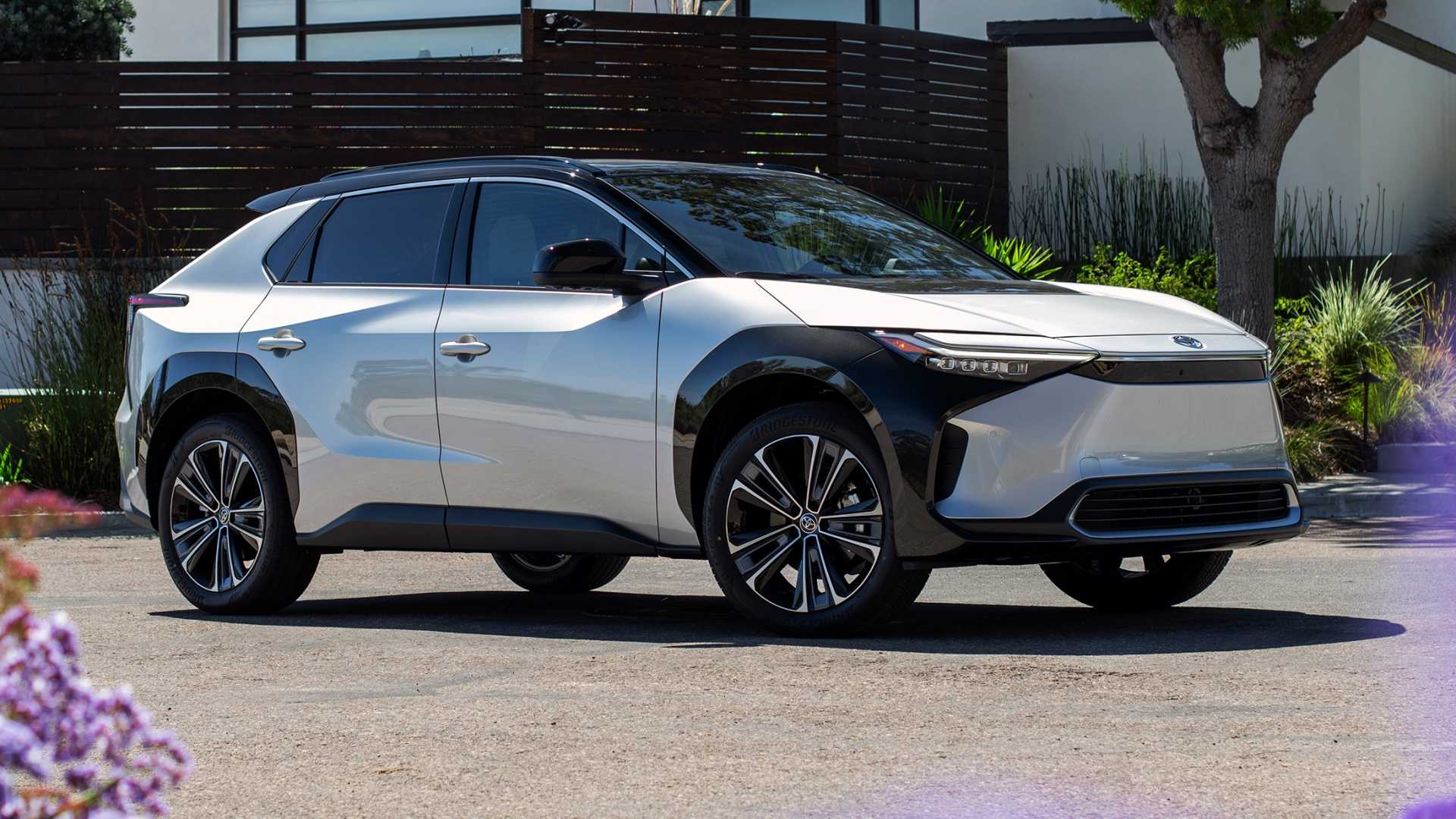
Even though these two vehicles are quite alike, The Toyota bZ4X leans towards being an urban driving-focused vehicle. While the Subaru Solterra markets itself with off-road capabilities, this claim is supported by its marginally greater ground clearance and firmer suspension system. Conversely, the bZ4X rides closer to the ground, and its suspension has been optimized for pavement driving. Although the distinction isn’t dramatic, testers frequently highlighted theToyota’s smoother highway experience.
Suspension And Ground Clearance
The Subaru Solterra Offers Exceptional All-Terrain Performance
The Standard X-Mode Along With Increased Ground Clearance Offers A Significant Advantage
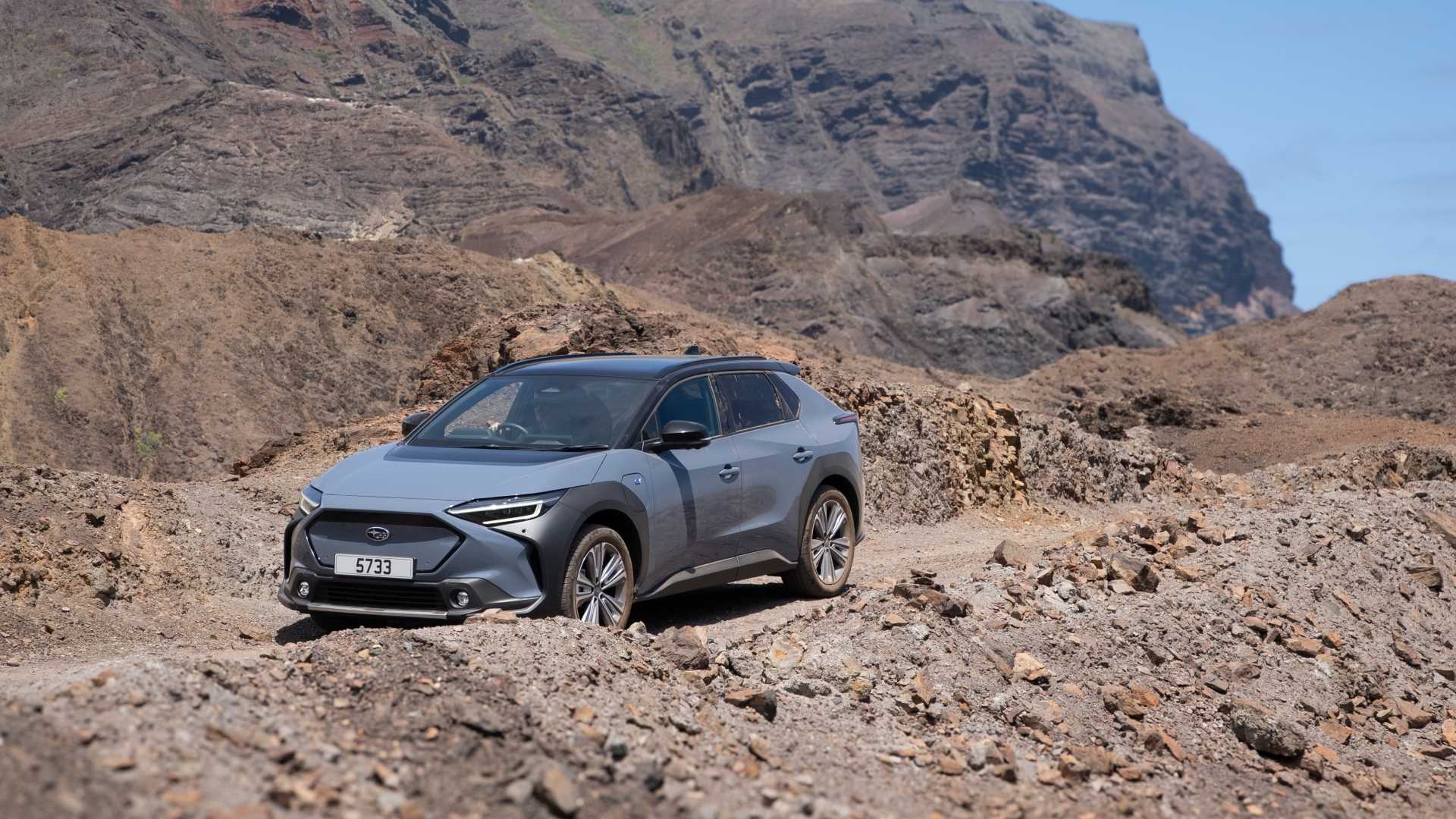
The The Subaru Solterra is better adapted for off-road driving. than the Toyota bZ4X. It boasts leading-class ground clearance and brief overhangs, making it easier to navigate through rugged terrains that conventional electric vehicles typically can’t handle.
The Solterra features dual-purpose X-mode, offering modes tailored for grip control along with options designed specifically for driving on snow/dirt and through deep snow/muddy terrains. This enables drivers to select the appropriate traction settings based on road conditions, thereby enhancing stability and handling over rough and slick surfaces.
The Toyota bZ4X charges more quickly when using DC fast chargers.
Front-wheel-drive models can support faster charging speeds.
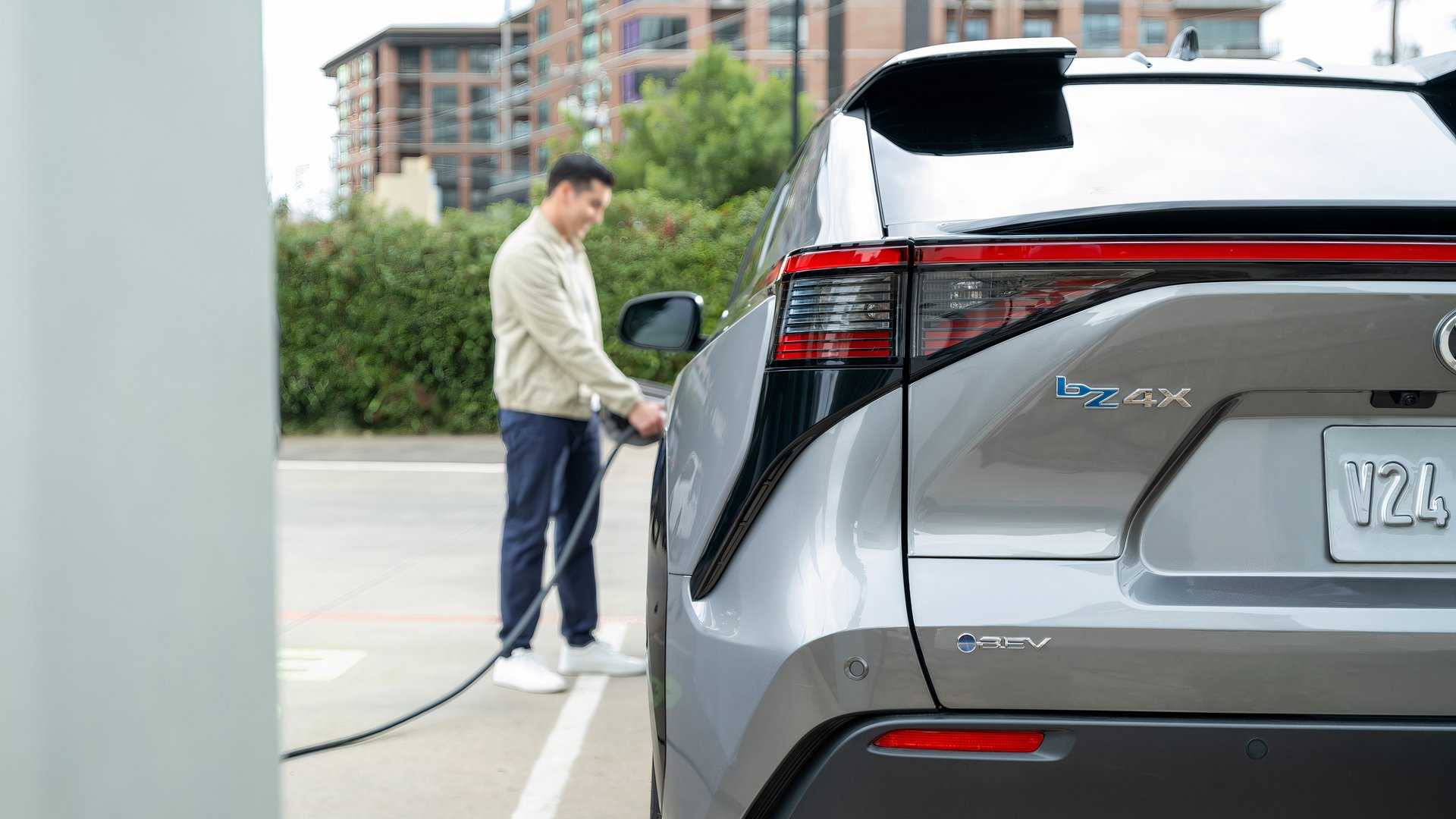
The charging rate is consistently crucial. With electric vehicles, the Toyota bZ4X shares many mechanical similarities with the Subaru Solterra, making their distinctions almost negligible. The front-wheel-drive Toyota model using a single motor can recharge from 20% to 80% in about half an hour. Meanwhile, both the all-wheel-drive version of the Toyota and the Subaru models require around 35 minutes for the same charging range. External conditions like ambient temperature significantly affect the duration needed for each vehicle’s charging process.
A superior and more economical approach for charging either of these vehicles would be using Level 2 chargers at home or work, which can provide approximately 9.5 hours of charging time—from 20% to 80%, adding roughly 20 miles of range each hour. A more effective comparison might focus on the range provided by both cars when charged under optimal conditions. single-motor Toyota getting 252 miles per charge , compared to the top dual-motor Subaru model which achieves 227 miles of range. By calculating your daily driving distance, those additional 25 miles might be the deciding factor between plugging in today or waiting until tomorrow.
The Subaru Solterra Includes All-Wheel Drive as a Standard Feature
All trim levels come with the Dual-Motor AWD system.
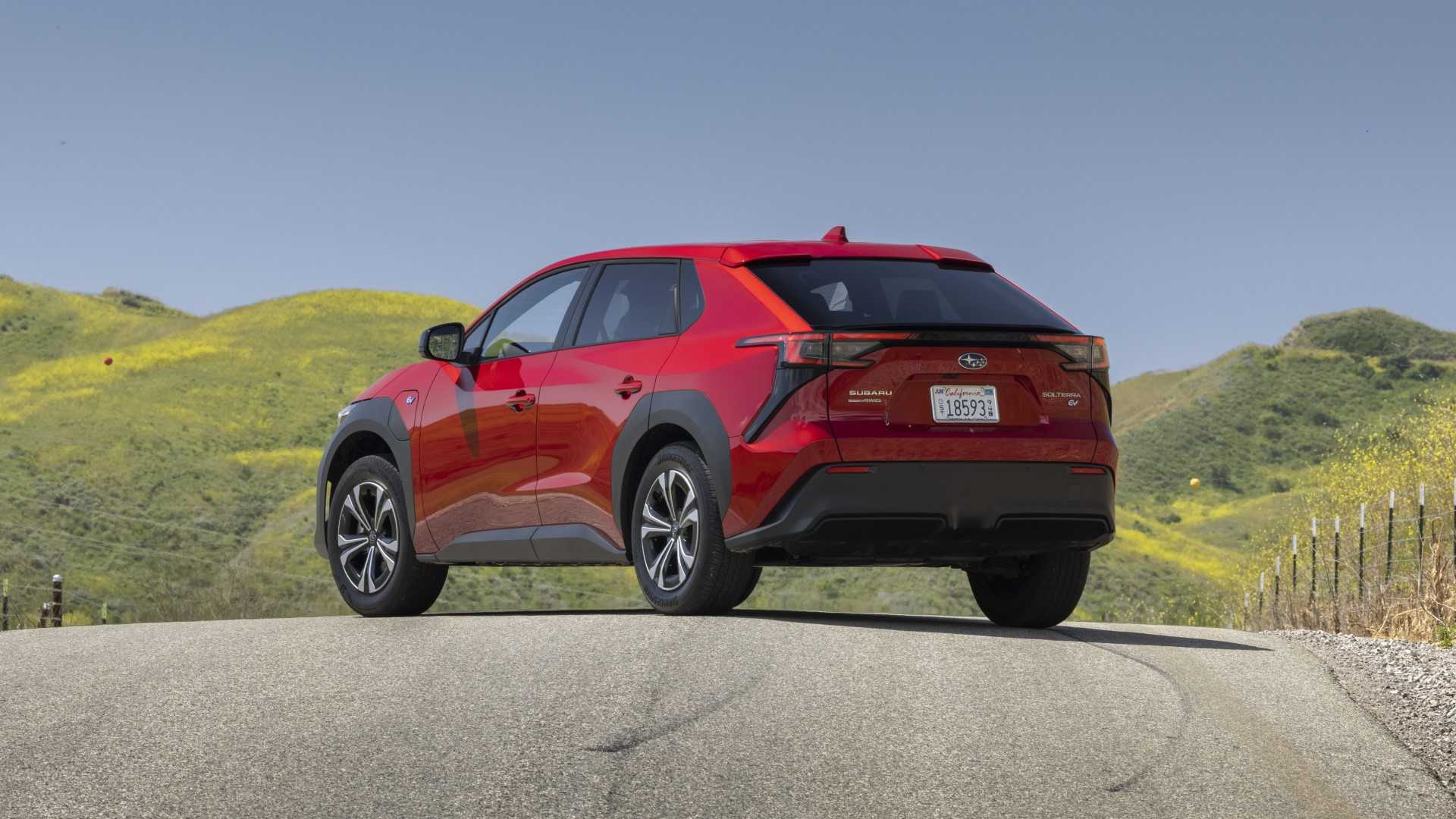
All four trims of the Subaru Solterra come with dual-motor AWD. As usual, the Toyota bZ4X comes with an urban flair, offering front-wheel drive (FWD) as standard on its initial two trims and all-wheel drive (AWD) with dual motors at the highest trim level called Nightshade. Although the AWD system along with dual motors enhances grip under challenging weather conditions and boosts off-road performance, this setup does reduce the vehicle’s overall range compared to a model equipped solely with two-wheel drive.
Subaru Solterra Compared to Toyota bZ4X
It should be mentioned that the dual-motor/AWD setup reduces the vehicle's range considerably compared to a single-motor FWD configuration. Additionally, opting for front-wheel drive can extend an electric vehicle’s range.
The Toyota bZ4X features a more conventional interior design.
Physical Controls and Recognizable Layout Enhance User Experience
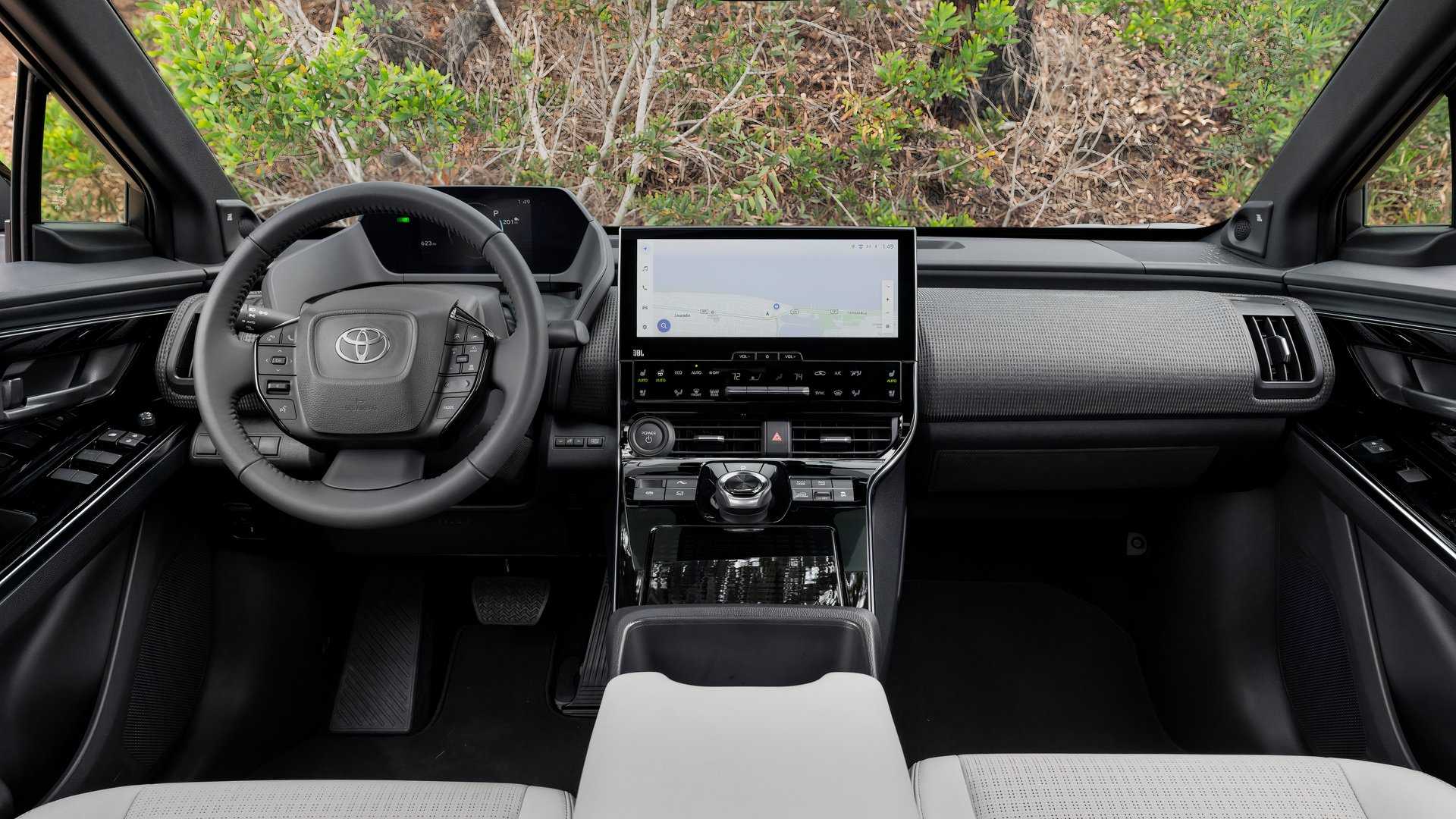
The Toyota bZ4X features a conventional circular steering wheel, enabling standard hand-over-hand maneuvering through tight turns. The instrument cluster is positioned behind the steering wheel, requiring the driver to look through the spokes of the wheel to view it.
The Subaru Solterra features an unconventional square-shaped steering wheel that might require some adjustment, with the instruments displayed above it so the driver can easily view them. The Toyota features two types of regenerative braking modes. , which can be activated using a button located on the central console; whereas the Subaru features paddles situated behind the steering wheel for engaging with four different regenerative settings.
Toyota bZ4X Key Features
- Ventilated front seats
- Optional Toyota Connected Services mobile application
- Nine-speaker JBL audio
Subaru Solterra Key Features
- Heated rear seats
- Electrically adjustable front passenger seat
- Digital rearview mirror
- 10-speaker Harman Kardon audio
The Subaru Solterra Comes with a Greater Array of Standard Safety Technology
Subaru's EyeSight Driver Assist System Offers Enhanced Safety Features
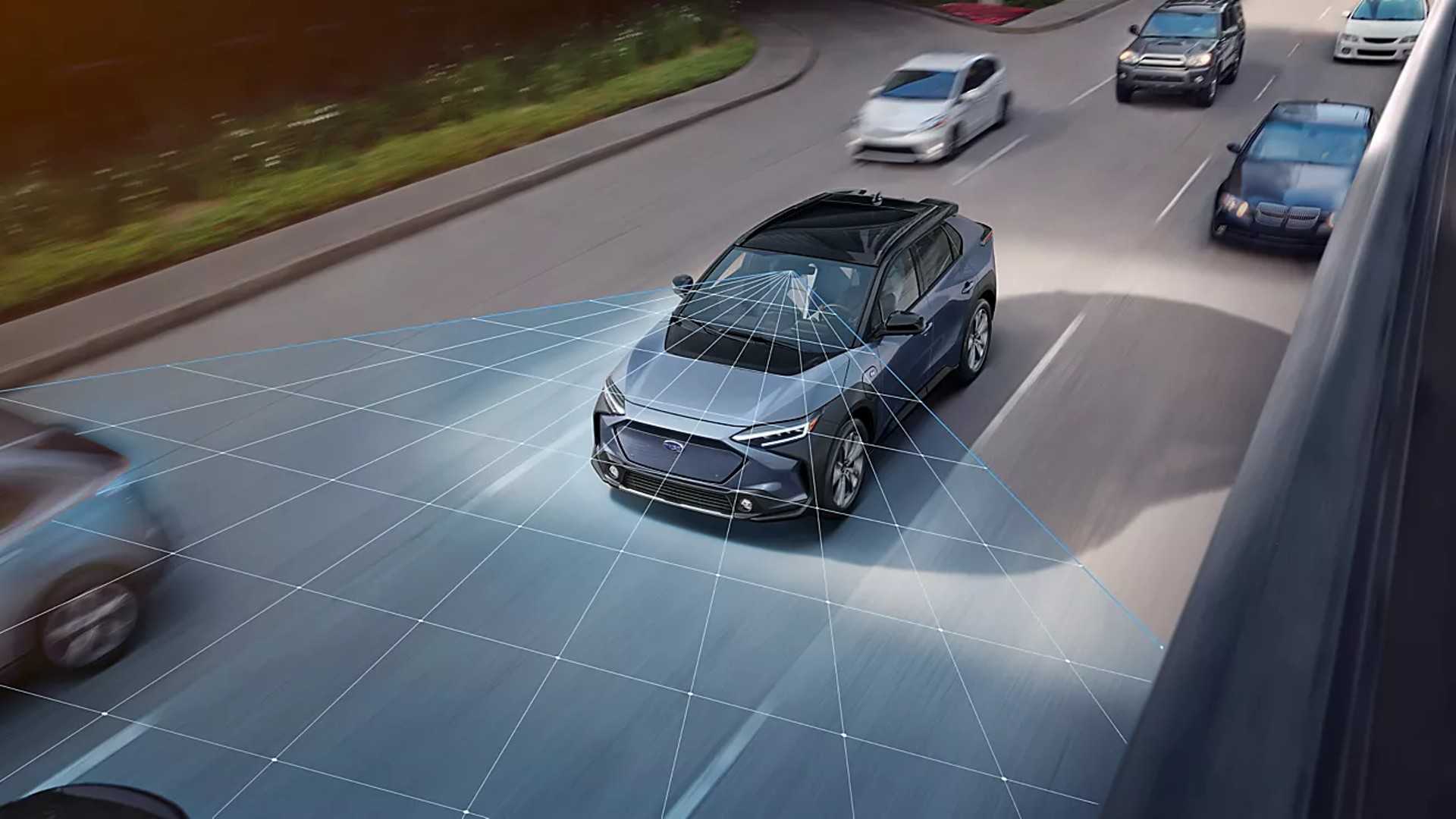
The Subaru Solterra possesses the EyeSight driver assist suite As standard across all versions, these active safety features keep track of traffic flow, adjust cruise control settings, and alert you if you start drifting out of your lane. The vehicle comes equipped with dual-colored cameras that continuously survey the roadway for unexpected hazards, along with wider view cameras available on upper-level trims. Additionally, there’s a pre-collision system designed to either decelerate the vehicle or fully engage the brakes to halt the car during urgent situations.
The vehicle includes a traffic jam assistance feature, designed to ease your commute during peak hours through hands-free operation at speeds of up to 25 mph on main roads. Additionally, the Toyota bZ4X is equipped with this technology. Toyota Safety Sense suite This encompasses features such as pre-collision warning, lane-keeping/departure assistance, adaptive cruise control, road sign recognition, and automatic high beams.
The Toyota bZ4X Comes with a Somewhat More Affordable Base Price
Entry-Level Versions Are Priced Lower Than the Basic Solterra
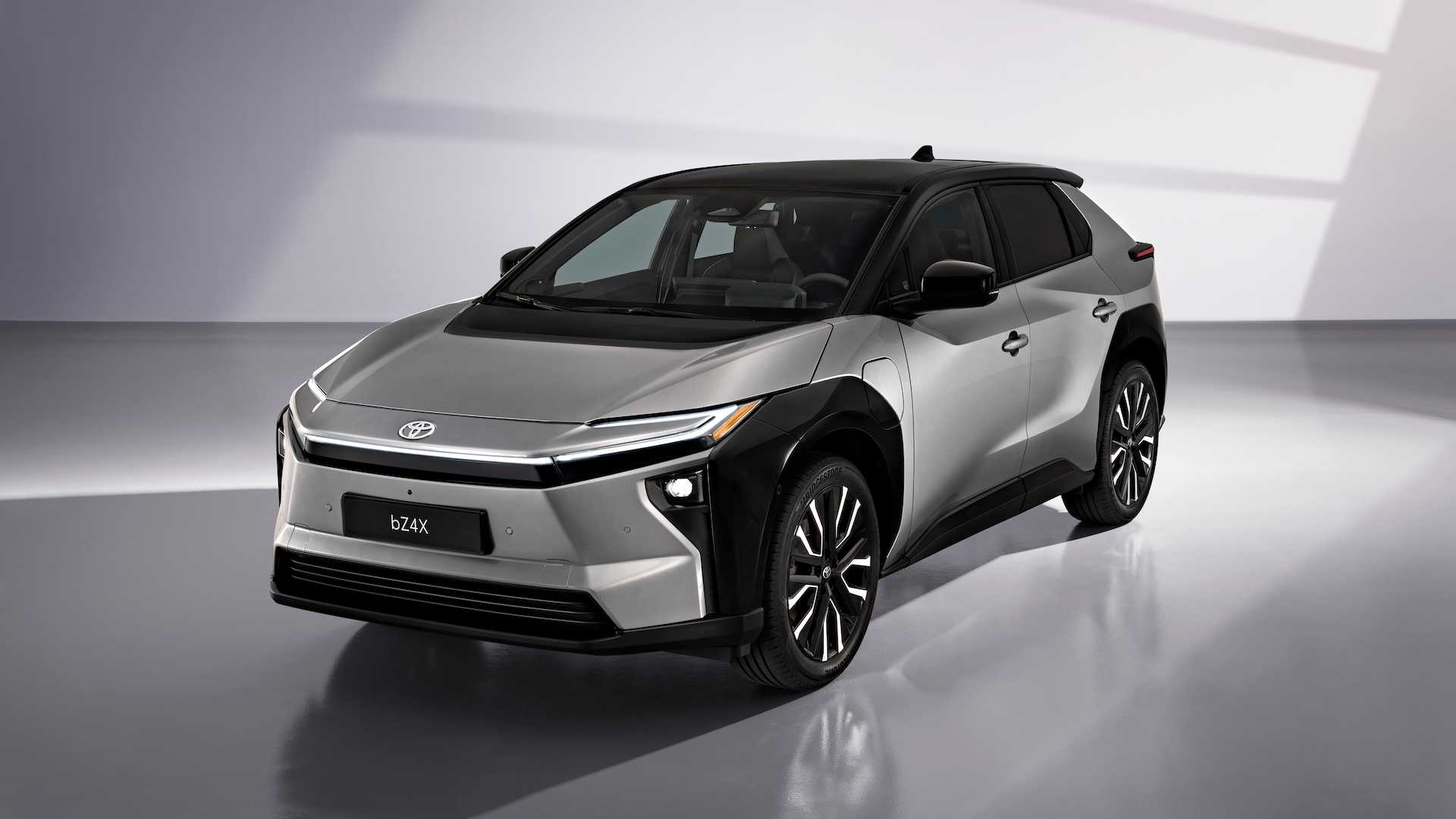
The Toyota bZ4X offers three trims with a shorter driving range compared to the Subaru Solterra’s four trims. The base model of the Toyota starts below the entry-level price point of the cheapest Subaru Solterra. The initial two configurations of the Toyota come equipped with front-wheel drive and a singular motor each. All the Subaru models include dual-motor AWD as a standard feature. The bZ4X Limited trim, despite having only one motor, comes with additional features compared to the dual-motor Nightshade, which makes its MSRP higher.
Toyota bZ4X Versus Subaru Solterra Starting Prices
The Solterra Has Improved Regenerative Braking Characteristics
A Stronger Regen Provides for a More Immersive Single-Pedal Driving Experience
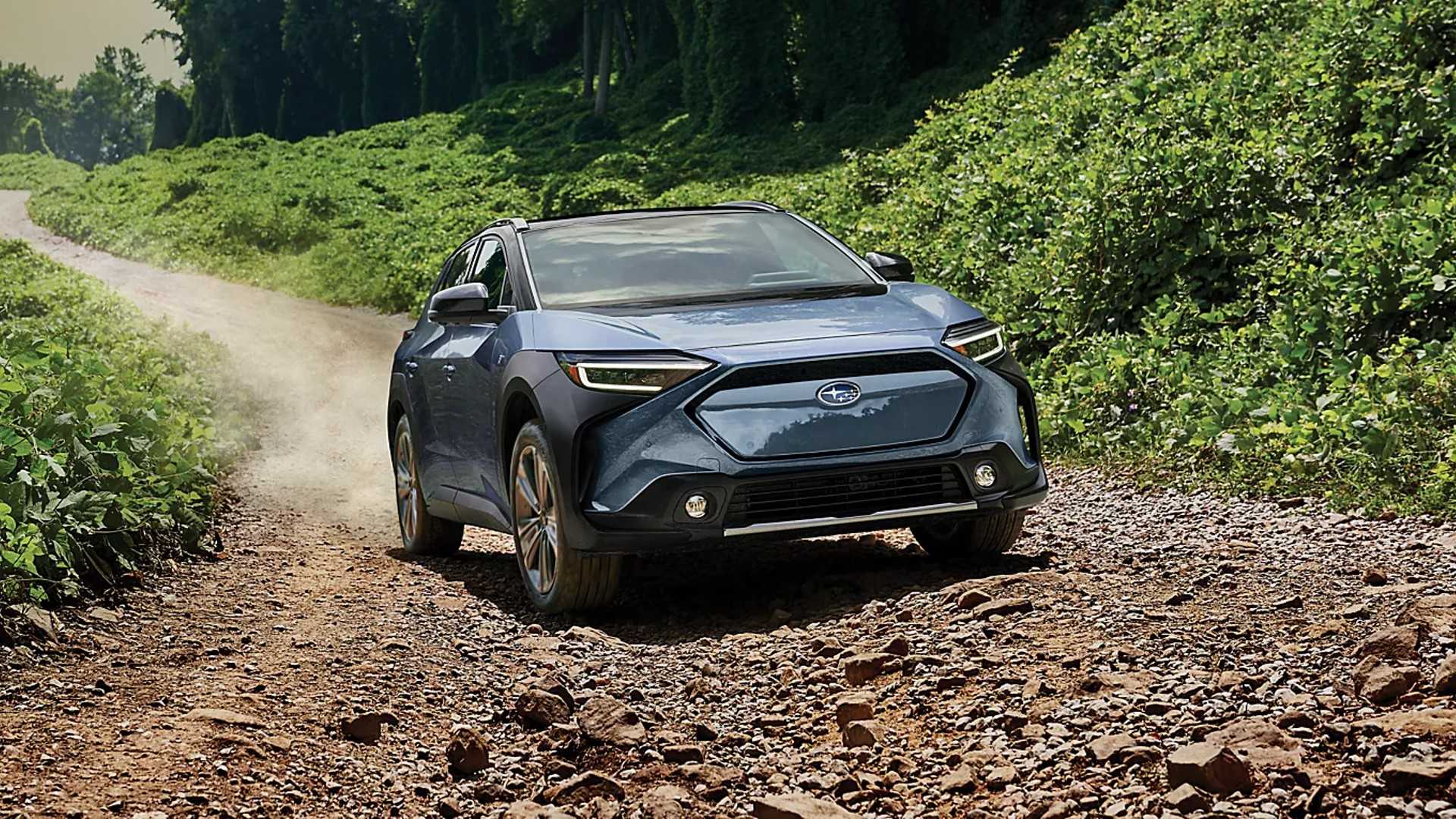
The Subaru Solterra features four wheels. regenerative braking The vehicle offers various modes that you can switch using the paddles located at the back of the steering wheel. Additionally, it includes an S-pedal drive function enabling single-pedal operation across all driving modes, requiring just a light press on the brake pedal for coming to a halt completely.
The Toyota bZ4X features two levels of regenerative braking that can be adjusted using a button located on the center console. This setup enables single-pedal operation for much of your drive via regenerative braking; however, this mechanism slows the vehicle down to just 5 miles per hour at its maximum deceleration level. Beyond that point, the conventional friction brakes must engage to bring the car to a complete halt.
The bZ4X Reduces Excess Sound
Quieter Interior and Reduced WindNoise Improve Comfort
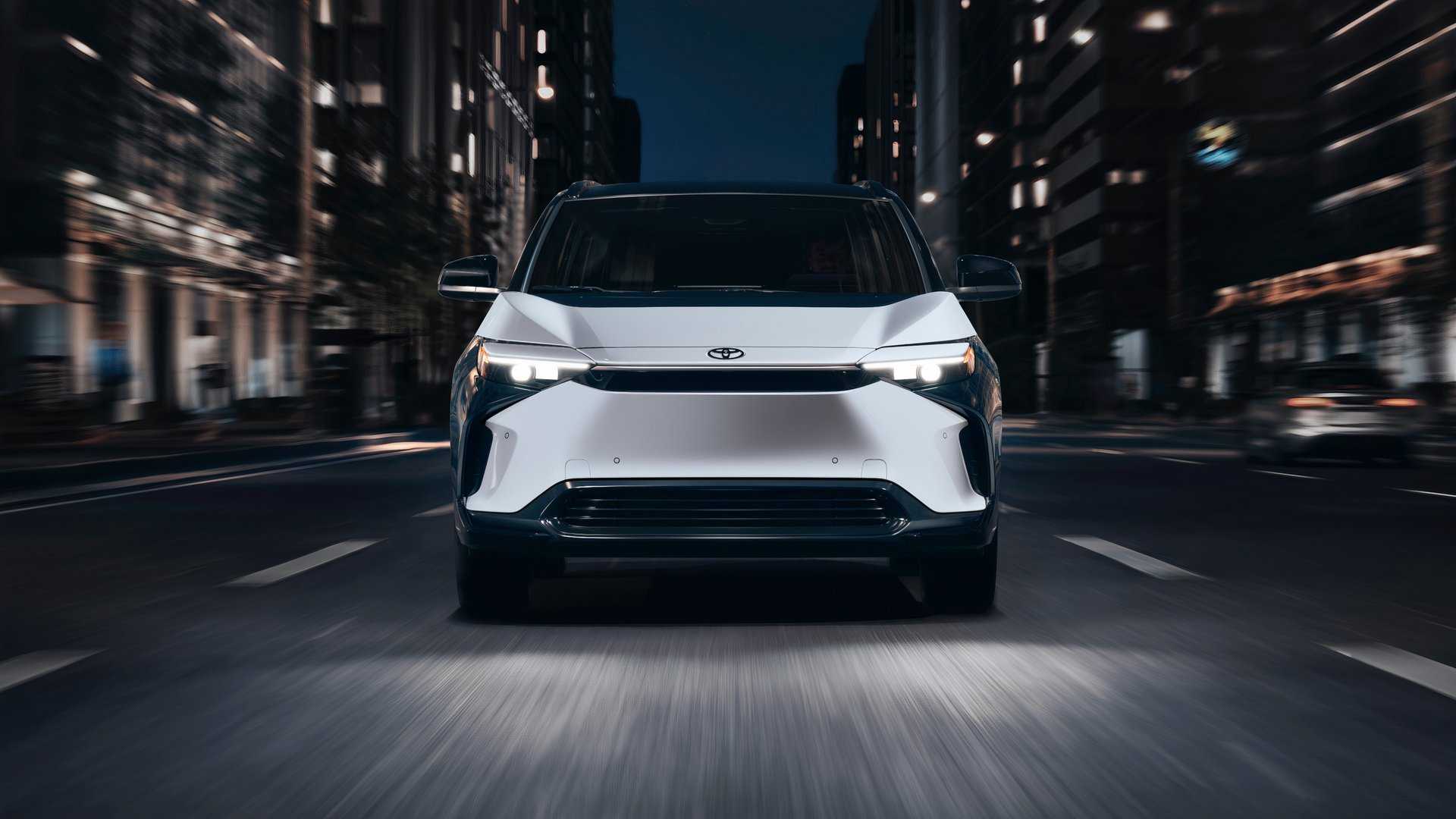
With any electric vehicle There is no engine drone to quieten road rumble and wind noises. At lower speeds, neither the Toyota bZ4X nor the Subaru Solterra experiences significant issues with wind noise, and this remains largely unchanged at higher speeds as well. However, the main distinction lies in their respective levels of road noise. TheToyota’s softer suspension does a better job absorbing vibrations from the road surface, whereas theSubaru’s firmer off-road suspension tends to transmit more sound when traveling at faster speeds.
The Solterra Features a More Robust External Design
Dark cladding paired with an distinctive grille lends it a more rugged appearance.
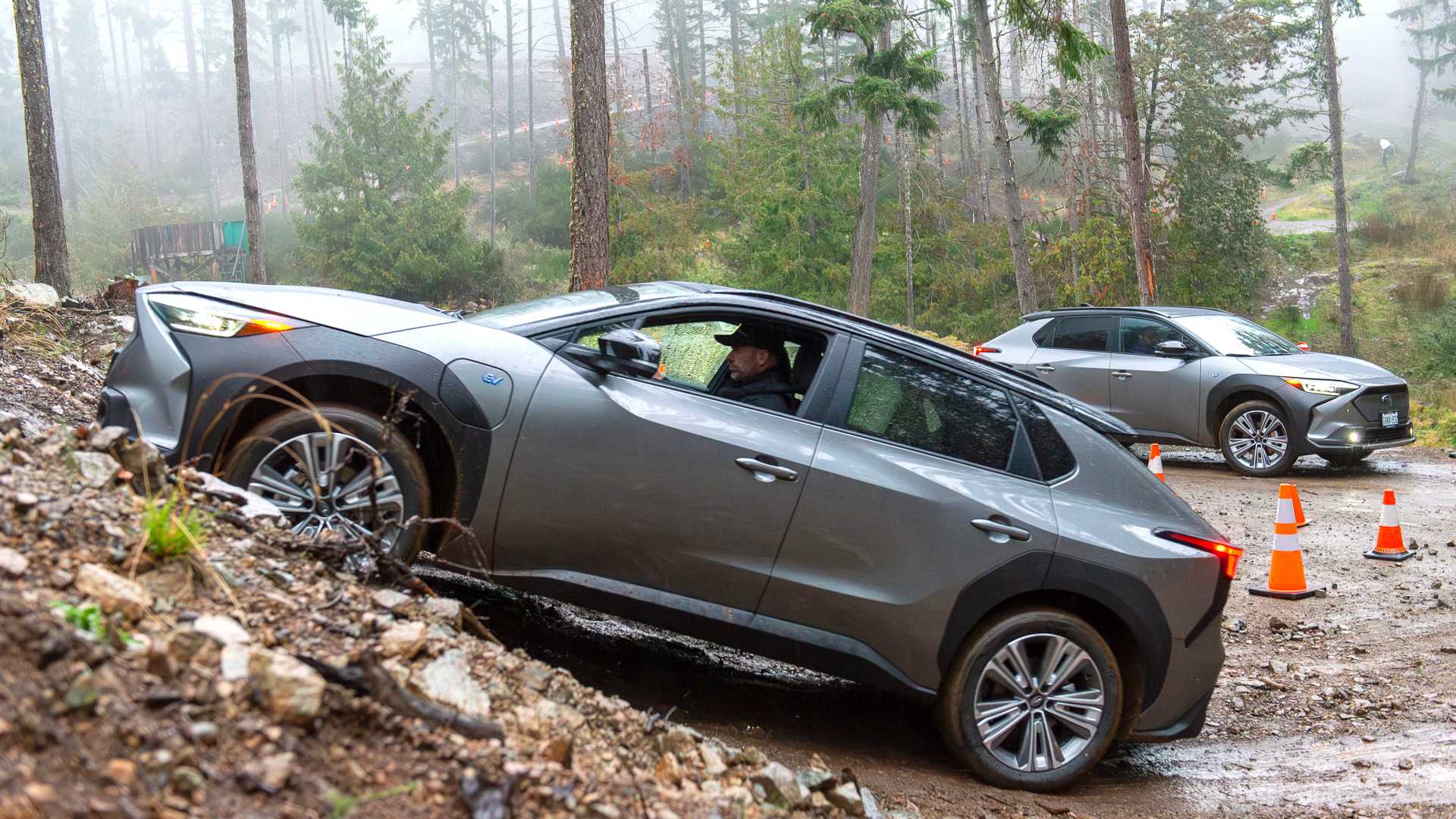
The Subaru Solterra features a somewhat more prominent grille along with distinctive external details that indicate a tougher, off-road-oriented electric car. The strongest indicator of the Subaru’s robust character is its elevated ground clearance, coupled with more defined contours and creases surrounding the taillights and bumpers.
The bZ4X looks more refined and suited to city driving , but truth be told, these two vehicles are very similar in most visual details. The Subaru looks slightly more like the off-road-capable EV it is, while the bZ4X will find a natural home parked at the mall. But looks alone should not influence the buying decision.
